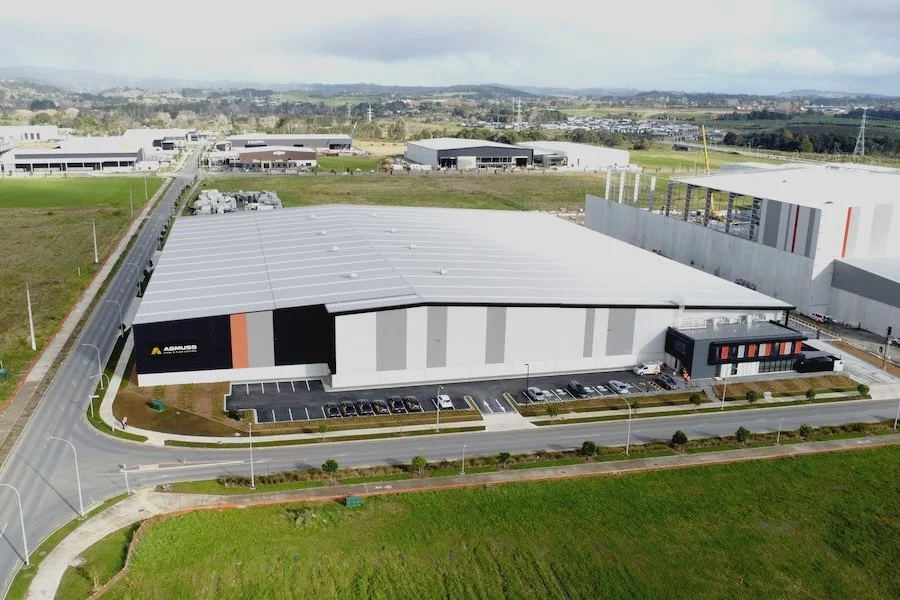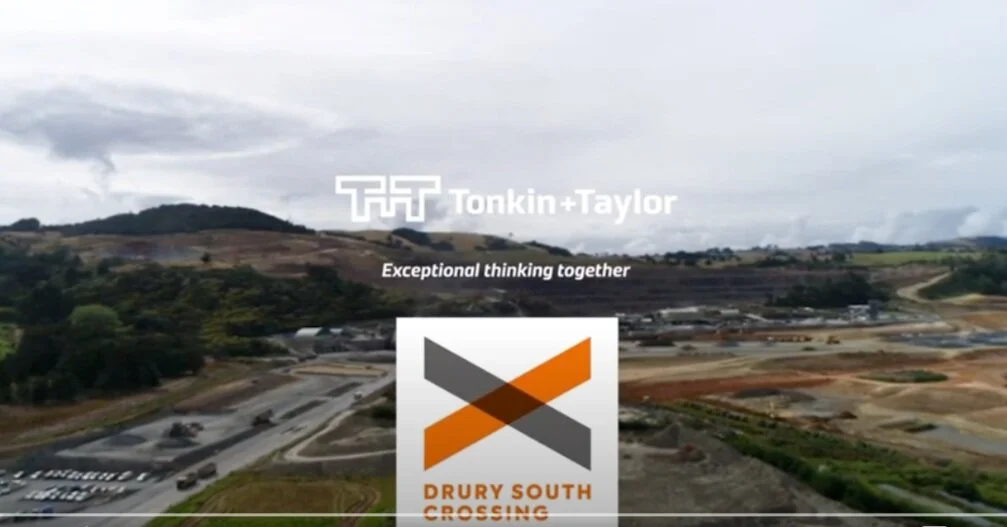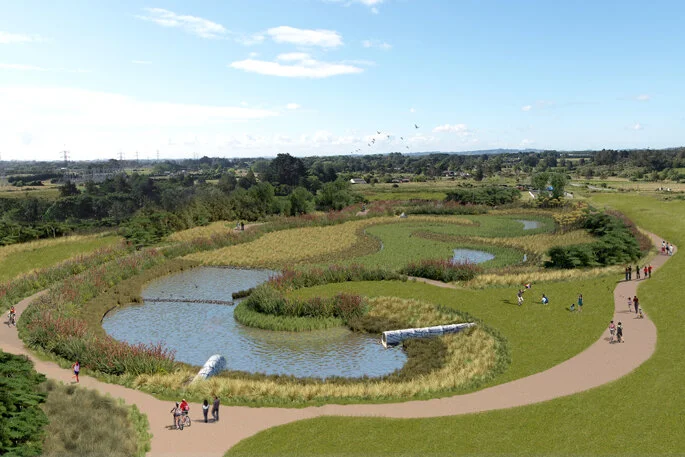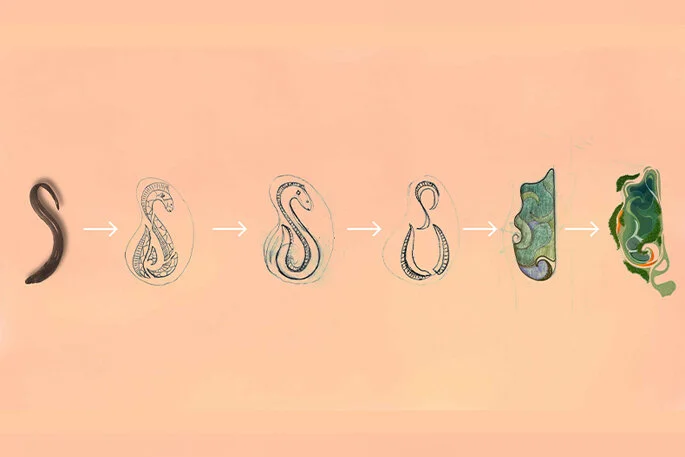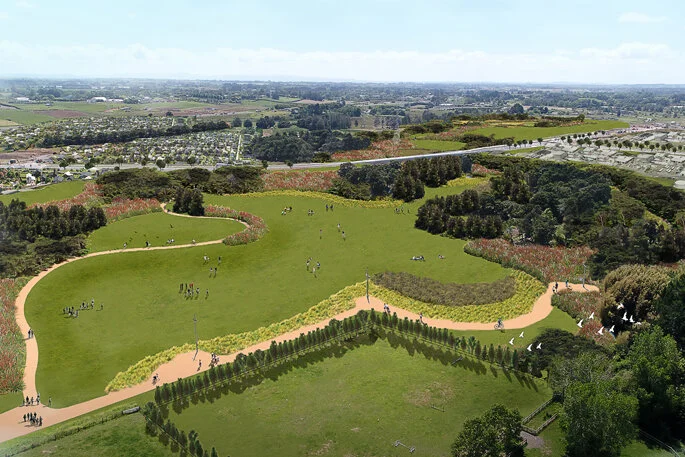The growing South Auckland town of Drury is expecting to see many hundreds of millions of dollars of investment in big box retail projects over the next few years with a scarce supply of suitable land closer to the region's centre.
Drury South Crossing chief executive Stephen Hughes said demand for automatic storage and retrieval systems (ASRS) warehouse facilities, which required 20-to-30-metre high structures was driving demand for land in Drury.
"What we have seen in recent years is a move towards retailers operating on a scale that was previously unprecedented in New Zealand," Hughes said.
"The growth of e-commerce, the consumer expectation of rapid delivery times, and the need to drive cost efficiency in an increasingly competitive retail space are some of the primary drivers for the move towards ASRS."
He said there was also increasing demand for data centre development, with the town investing more than $30m to build a new 60 megawatt power substation at Drury.
Render of a big box retailer. Photo: Supplied / Calder Stewart
"This facility will be one of Auckland's largest and provide the capability to power the equivalent of 45,000 homes. In addition, the transmission lines will have twice the capacity of other areas of the city," he said.
National land and building developer Calder Stewart owned 14 hectares (ha) of development land at Drury South Crossing, which would house retailer Briscoe Group's $100m 3.2ha distribution centre and NZ Safety Blackwoods 2.5ha development, among others.
"We are seeing increasing demand for consolidation as retailers recognise the cost efficiencies from ASRS systems," Calder Stewart associate director Ben Stewart said.
"We know these automated systems can not easily be retrofitted into existing buildings and need to be built from the ground up."
He said big box retailers were consolidating their warehousing from multiple sites into one large automated facility to drive efficiency.
"This scale of these developments requires large greenfield sites of up to 2ha or more, with close access to road and rail transport. Across the Auckland region, there are now very few suitably positioned sites larger than 2ha remaining."
Stewart said the development land at Drury was also cheaper than what was available in industrial areas closer to central Auckland.
Drury also had the advantage of being strategically located within the Golden Triangle transportation hub, which included Tauranga and Hamilton.
Source: Radio New Zealand



